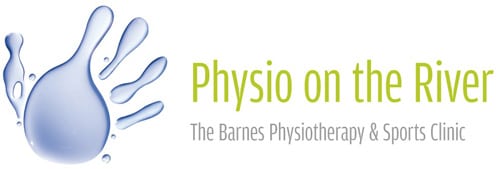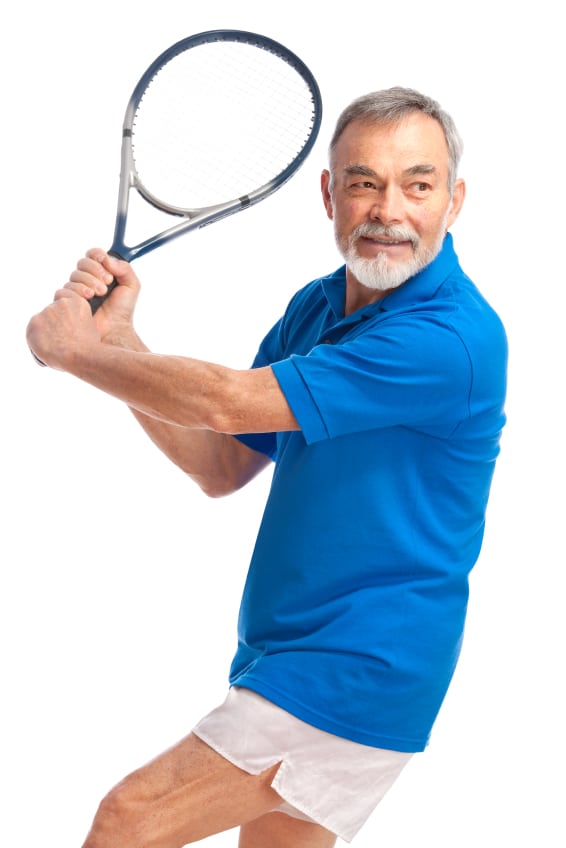10 top tips to help tennis players remain injury free!
Are you feeling inspired by the Wimbledon Tennis Championships?
At this time of year tennis courts will be buzzing with enthusiastic players. The repetitive nature of tennis means that without proper care injuries can result.
Sophie Cannon, one of our Physiotherapy Team and a keen tennis player herself, has given her 10 top tips to stay injury free! Read on!
1. The neck or ‘cervical spine’
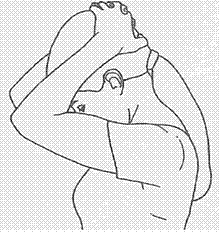
sourced from www.cervical-spondylosis.com
During a game a player will serve many times. This will be multiplied if you need to re toss the ball. Of course ball placement is extremely important for the successful serve.
As you look up at the ball you extend your neck and this can stress the ‘facet joints’ at the back of the neck. This would also be exacerbated by a high ball toss.
To counteract this strain the following stretch can be helpful.
2. The shoulder
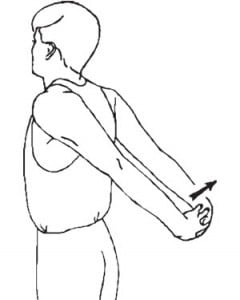
sourced from pbmassagetherapy.com
The shoulder is one of the main joints a tennis player might struggle with. Serving can be the main cause of pain.
The key here is warming the serve up, slowly building pace and making sure you practice first and second serves. Again, it is good ball placement that will help prevent overstraining the shoulder.
We recommend doing stretches to maintain a good range of shoulder movement. The muscles at the front of the chest (your pectorals), particularly, can become tight. Here is a useful exercise to stretch those muscles.
3. ‘Tennis Elbow’ – we have all heard of this!
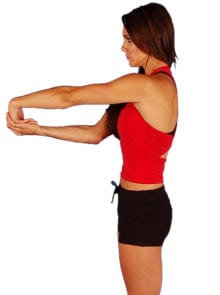
sourced from www.teachpe.com
The muscles that extend the wrist all converge on a small point at the elbow. Slowly over time the repetitive stress placed on this point of insertion can cause pain and weakness.
Tips here would be to check that your grip size and racquet weight are correct. Ensure that your arm is relaxed as you play. There is also a stretch that can help release the tension in these muscles.
4. The wrist
For the wrist it is extremely important to warm up and not be tempted to hit a powerful shot as soon as you step on the court! Start your warm up on the service line, keeping your shots gentle until your muscles have warmed up. Then start extending yourself from the baseline. The tennis elbow stretch above also helps the wrist.
5. The ‘core’

Pilates exercises are a great way to strengthen the deep muscles of your stomach and back (your core) and is essential in helping to prevent back pain. Our Pilates classes would be perfect
Much of the power in your shots should come from your core muscles working to drive your body through rotation.
Core control will also help improve balance, agility, accuracy, power and your game overall.
6. Range of movement in your spine
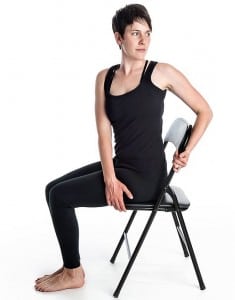
image sourced from www.drprem.com
Maintaining good range of movement in your spine is also important.
You need good upper back (thoracic) rotation and backward bend.
This exercise is a good starting point.
7. Good hip flexibility
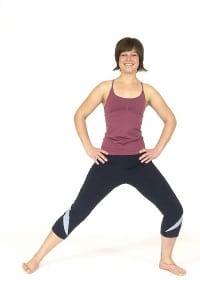
image sourced from www.training.fitness.com
Tennis involves repeated side stepping, lunging and stretching.
If you don’t have good hip flexibility, a groin strain might be the result.
This exercise maintains length in the muscles of the inner thigh (your hip adductors) and it’s easy to do on court!
8. Strong leg muscles
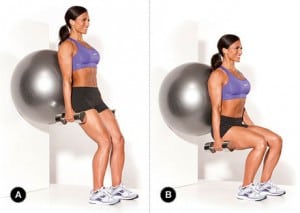
image from www.inmotionlife.com
Knees have to cope with lots of twisting and lunging movements.
Gluteal (buttock) and quadriceps (thigh) strength are important so that this load does not result in injury to the cartilage (meniscus) and ligaments or pain behind the knee cap (patellofemoral joint).
A couple of sessions a week in the gym working on leg strength will pay dividends. Alternatively squats, lunges and single leg dips are good to include.
9. Balance and Agility
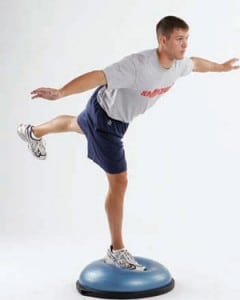
image from www.fitnowtraining.com
Balance and agility training is essential to keep you firmly on your feet but reaching every ball!
The ankle joints will cause problems if they are weak.
Simple exercises like standing on one leg on an unstable surface such as a cushion is a good starting point.
This can be challenged further by introducing arm and leg movements to test your balance.
10. Get a tailored programme for you!At the end of the day we are all individuals with different body shapes, weaknesses and imbalances.
Our best recommendation is to come and see one of our Physio team who are all trained to analyse movement in sport. They can give you a thorough Sports Rehab Assessment and quickly identify any areas of potential weakness that could lead to injury. They can make you an individually tailored exercise programme to help you work on those weaknesses and reduce the chance of injury.
To book an appointment with one of our Physio team just call 020 8876 5690 or click here to contact us by email.
